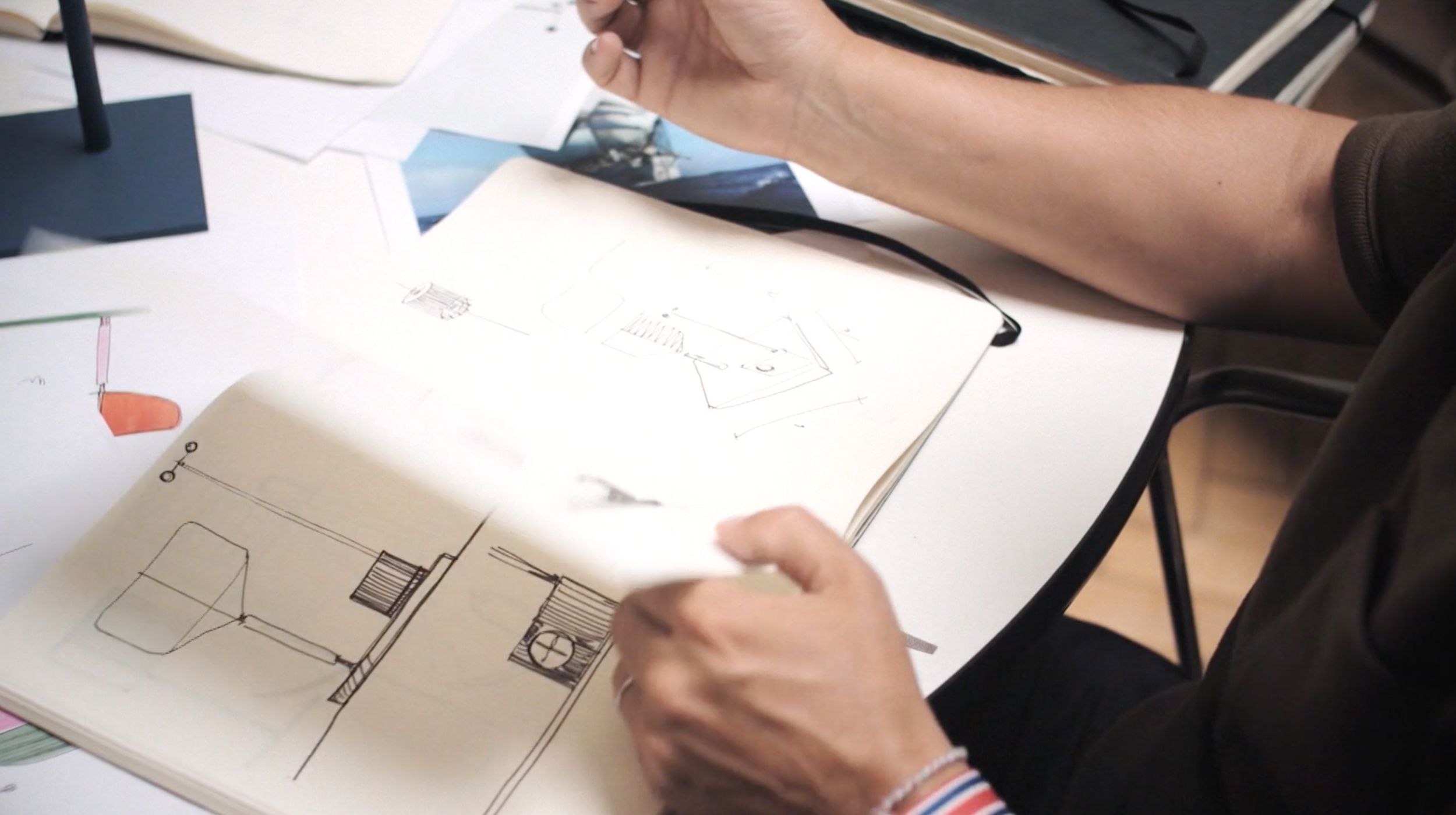Design Matters: the designer duo Barber & Osgerby tell us how function connects pragmatic use to emotional attachment with their objects.
Design Matters: The Elements
Function: Barber & Osgerby
“There’s a whole spectrum of what ‘function’ is. From something which is incredibly useful, pragmatic on one end, and on the other, an emotional requirement from an object.” We met with designers Barber & Osgerby and talked about how function informs their designs.
Meeting in the physical realm
Everyday items have long been designed by committees, teams and consultants thrown together not be a shared sense of love for an object, but by the needs of commerce, space and time. In the digital age, creative teams might never meet in the physical realm. London-based designers Edward Barber and Jay Osgerby, however, have never worked apart since they met while studying masters degrees in architecture at the Royal College of Art.
““We’re striving to find new archetypes, where possible””











